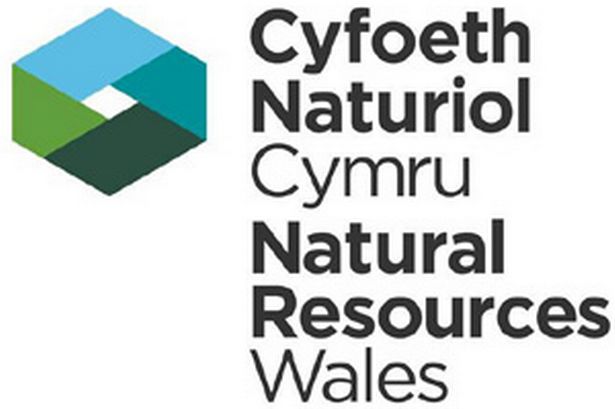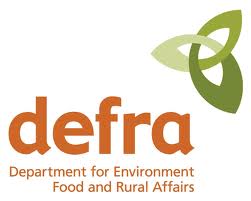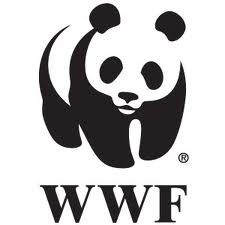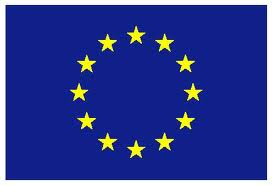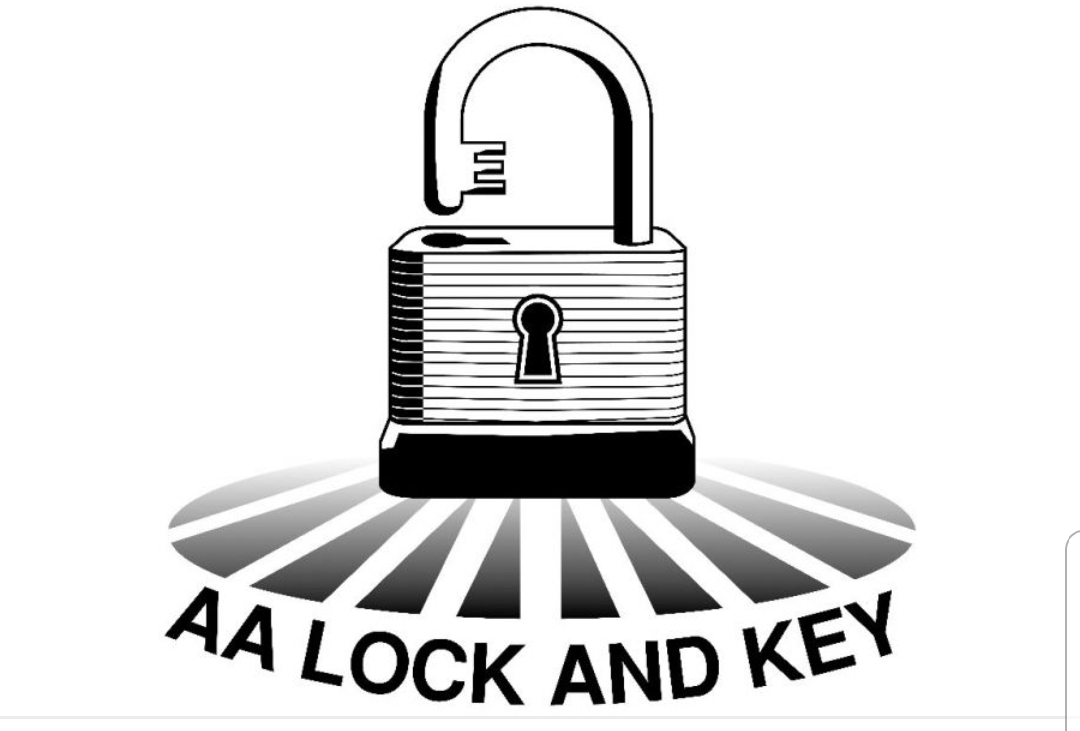To help you plan for National Whale and Dolphin Watch, take a look through these Frequently Asked Questions. Clicking on the plus sign at the right of the question reveals the answer. Please note that we will be updating this information as the event draws nearer, so if your question isn’t urgent, it is always worth checking back periodically to see if it has been answered.
Once you have looked through the information on this page, if you still have a question about the event, and you can’t see that it will be answered on this page in due course, or you have an urgent question, please contact nwdw@seawatchfoundation.org.uk and we will do our best to help you.
Frequently Asked Questions
National Whale and Dolphin Watch is a nine-day event run by Sea Watch Foundation to collect as much data as possible across the UK and Ireland. With organised watches and events taking place across the country we aim to use citizen science to collect a ‘snapshot’ of the status and distribution of wildlife in our coastal waters. We are looking specifically at populations of cetaceans, that is whales, dolphins and porpoises, although we are also interested in seal and bird populations.
Our National Whale and Dolphin Watch event celebrated its 21st anniversary in 2021. Threats to whales and dolphins have never been so great, and yet for several species we lack anything but a rudimentary knowledge of their status and distribution. The more coastal species like harbour porpoise and bottlenose dolphin are specially exposed to the detrimental effects of human activities, and both have undergone significant declines in the past decades. Read more about the threats facing cetaceans here.
Research has shown that there is little awareness in the UK of the tremendous diversity of whales, dolphins and porpoises found around our shores. The use of non-scientific members of the general public and non-specialist volunteers to collect data on cetaceans to investigate their status, distribution, abundance and well-being has been pioneered in the UK by the Director of Sea Watch Foundation. In the 1970s, this nationwide citizen science project was established by creating a network of voluntary observers who report sightings across the UK and whose help is vital to improve our knowledge of the health of the marine environment and its inhabitants. Sea Watch Foundation encourages observations and recording throughout the year, but it is during the NWDW event that everyone is given a unique opportunity to collect a large amount of scientifically valuable data over a concentrated time period, and to learn from each other at publicised sites.
National Whale and Dolphin Watch usually takes place over the last week of July/first week of August. The provisional dates for 2024 are 27th July – 4th August.
Sea Watch Foundation runs National Whale and Dolphin Watch, but with support from many organisations (through shared sightings, donations and sponsorship).
National Whale and Dolphin Watch takes place all across the UK and Ireland. We welcome everyone to get out and conduct watches, reporting data and sightings either via our website or on our free SeaWatcher App (available on Android and iOS devices).
Nearer the time we will publish our Events list, which will help you find out local events to you, and you can also contact your local Regional Coordinator to find out more about what is happening in your area and how you can get involved.
We’ll be running daily events throughout the week from our office in New Quay, Wales. Details of events will be published in due course.
A staggering 30 species of whale and dolphin have been recorded in our waters, more than a quarter of the entire British mammal fauna. It is possible to see a whale in various parts of Britain and, in a number of localities, there are resident populations of a range of dolphin species. The most commonly reported species are bottlenose dolphin, harbour porpoise and minke whale, depending on where you are in the British Isles. To find out more about what can be seen in your area head to our Regional Fact Sheets (scroll down the page past the Species Fact Sheets).
There are many ways you can get involved with National Whale and Dolphin Watch and help us to understand and protect the UK cetaceans.
You can set up your own watch if you have experience in cetacean watching. Simply download our Sea Watcher App or print off sightings forms and choose a watch site near you. If you’d like to get the word out for people to join your watch email nwdw@seawatchfoundation.org.uk with details of your event and we’ll be happy to add your event to our events list on our website.
For those that haven’t done a watch before but would still like to get involved, we hope to run training webinars to bring everyone up to speed on how to record their sightings and identify species. Check back here nearer the time to register for these seminars.
During the event you’re welcome to join organised land-watches and boat-based watches. Nearer the time, details of events can be found on our website, or you can contact your local Regional Coordinator to find out if any watches are taking place near you. Please note: events will be updated regularly so keep checking back to see what is happening near you and during NWDW.
Remember to report your sightings either via our FREE SeaWatcher App or our website. Keep an eye out when you’re out and about, at sea or by the coast sailing, fishing, diving, hiking or just walking your dog. The sooner you get your sightings to us, the sooner we can get them onto the website to share with everyone.
We have put together a playlist on our YouTube channel to run through the common species seen in off our UK coastline. Find the videos (and a handy guide to our Sea Watcher app) here! You can also find old training webinars to give you a taste of what NWDW and our other citizen science event, Orca Watch is about.
You can find species fact sheets on our website or in our FREE Sea Watcher app. These are both great tools for you to learn how to identify cetaceans in the wild.
Wildlife tour operators all over the UK will be taking part. Please note that spaces on most boat trips need to be reserved first. Prices vary for these trips and you should contact the relevant operator directly. All marine wildlife operators abide by a voluntary code of conduct. Click here for our list of Recommended Boat Operators.
No. You do not need to buy tickets for National Whale and Dolphin Watch. We will be running events in New Quay and online, some of which will be ticketed.
Nearer the time, when we have published more information here, you can email us at nwdw@seawatchfoundation.org.uk to register your interest!
Our Sea Watch Foundation office is based in New Quay, West Wales. During the week of National Whale and Dolphin Watch we will be running events each day including landwatches, workshops, rockpool safaris and beach cleans. These events are announced on our Facebook and our website closer to the date of NWDW.
You’ll be able to view recent sightings on this website – they will be updated as soon as possible during National Whale and Dolphin Watch week. You’ll also be able to view sightings submitted on our App.
This will depend on weather conditions and varies from year to year. In the first year of NWDW (2002) 380 sightings were received and a total of 1695 whales and dolphins were seen. In 2022, we had 1,775 sightings and a total of 12,052 animals, reflecting just how much the event has grown.
Yes, absolutely. We welcome under-18s, and invite them to join in watches. All children must be supervised by an adult at all times including our New Quay events and landwatches.

